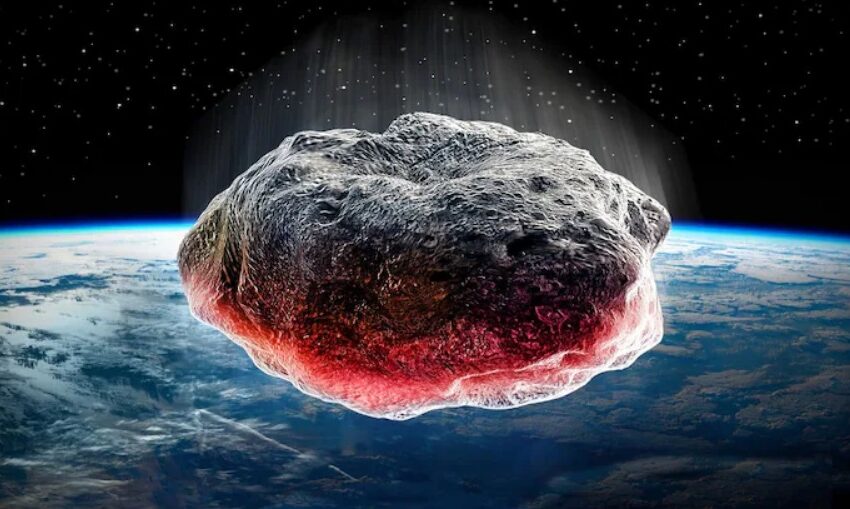
NASA alert: Asteroid twice the size of a football field will make a close approach to Earth on this date
Asteroids making such close approaches to Earth occur roughly once every decade, according to the Virtual Telescope Project.
An asteroid roughly the size of two football fields is set to make a close approach to Earth this September, offering a rare spectacle for sky watchers. The 720-foot-wide asteroid, named 2024 ON, was detected by NASA’s Near-Earth Object Observations Program and is expected to pass at a distance of about 620,000 miles from our planet on September 15. While this may seem far, in astronomical terms, it’s a close shave—just 2.6 times the distance between the Earth and the Moon. Thankfully, there’s no risk of collision with our planet.
A Rare Celestial Event
Asteroids making such close approaches to Earth occur roughly once every decade, according to the Virtual Telescope Project. This particular flyby offers a unique opportunity for stargazers, especially those in the northern hemisphere, where the asteroid will be visible. Starting on September 15 at 2:30 p.m. ET, enthusiasts can tune into the Virtual Telescope live feed to watch this celestial event. With clear skies, the asteroid might also be seen with the help of telescopes or even strong binoculars.
The flyby of asteroid 2024 ON presents an invaluable opportunity for astronomers to gather crucial data. Scientists will study its composition, velocity, rotation period, and orbital path. This information is key to refining predictive models of Near-Earth Objects (NEOs) and understanding the intricate dynamics of our solar system. The data collected during this event will contribute to ongoing efforts to monitor and predict the paths of NEOs more accurately.
Understanding Asteroids
Asteroids, according to NASA, are remnants from the solar system’s formation 4.6 billion years ago. These rocky bodies vary greatly in size, shape, and composition, depending on their origins within the solar system. While most asteroids are composed of various rocks, some contain clays or metals like nickel and iron. Each asteroid is unique, with no two being exactly alike.
NASA continuously tracks NEOs and maintains a comprehensive database of their trajectories. Asteroids that are larger than 150 meters (492 feet) in diameter and come within 4.6 million miles (7.4 million kilometers) of Earth are classified as potentially hazardous asteroids (PHAs). Monitoring these objects is vital for assessing any potential threat they may pose.
Future Preparations: Asteroid Deflection
In response to the potential risks posed by asteroids, NASA is actively developing technologies to mitigate these threats. The Double Asteroid Redirection Test (DART) mission is a key initiative aimed at testing the feasibility of altering an asteroid’s course using a kinetic impactor spacecraft. This mission is part of NASA’s broader strategy to ensure Earth’s safety from potential asteroid impacts in the future.
As we approach September 15, the close flyby of asteroid 2024 ON serves as a reminder of the dynamic nature of our solar system and the importance of ongoing efforts to study and protect our planet from celestial threats.

